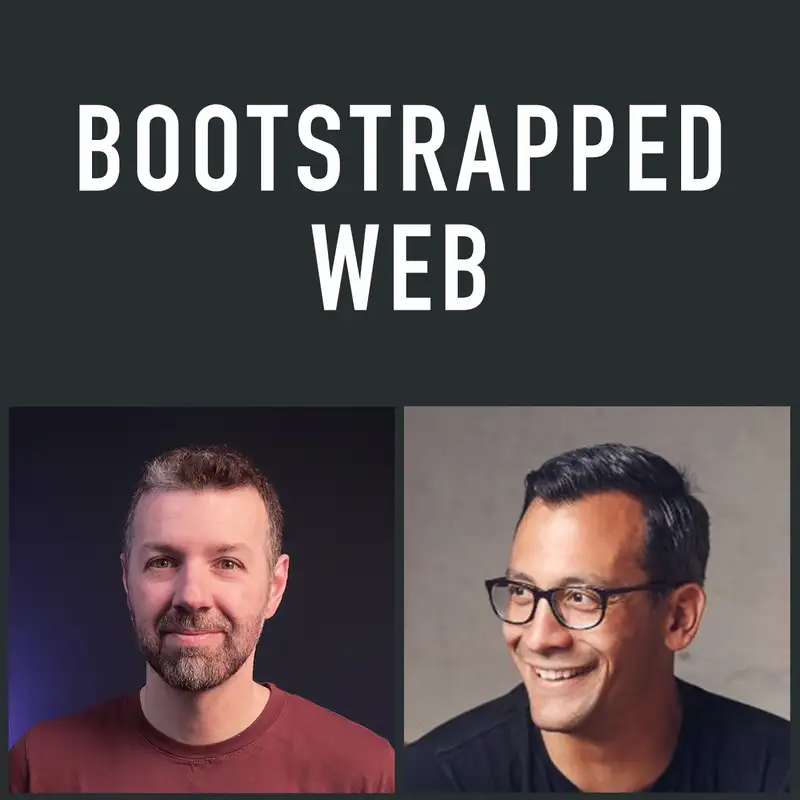Pipeline Energy
Energizing the pipeline, energizing customer success, shipping a marketing site, unrealistic time estimations, getting snowed in, too much coffee (or not enough?)...
Connect with Jordan:
Jordan's company, Rally
Jordan on Twitter: @jordangal
Jordan on Threads: @jordangal
Connect with Brian:
Brian's new business: fullstackfounder.co
Brian's SaaS, Clarityflow
Brian on Twitter: @casjam
Brian on Threads: @brian.casel
Energizing the pipeline, energizing customer success, shipping a marketing site, unrealistic time estimations, getting snowed in, too much coffee (or not enough?)...
Connect with Jordan:
- Jordan's company, Rally
- Jordan on Twitter: @jordangal
- Jordan on Threads: @jordangal
Connect with Brian:
- Brian's new business: fullstackfounder.co
- Brian's SaaS, Clarityflow
- Brian on Twitter: @casjam
- Brian on Threads: @brian.casel
